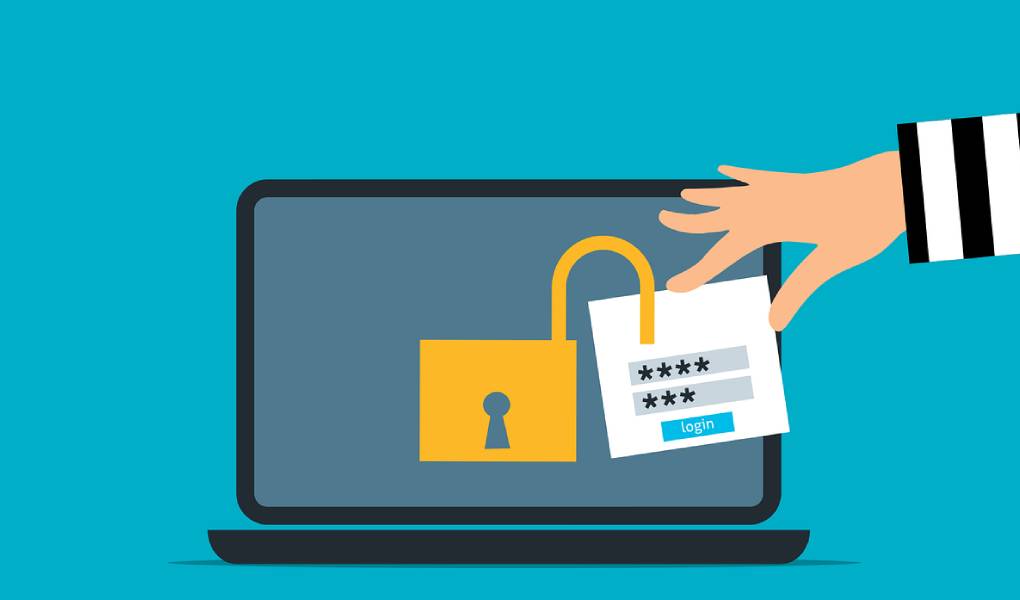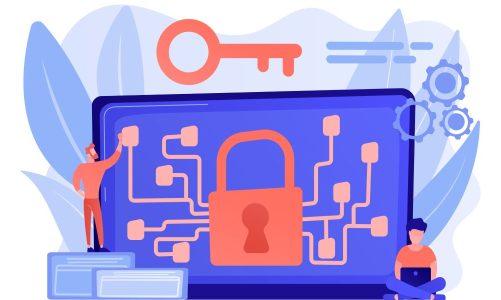Although there is no vaccination against them, our machine will be found between the four walls; prevention is the most crucial step against ransomware attacks.
No matter how much we want to end the pandemic, 2021 is still a year of viruses. However, the Covid epidemic is just one of the infections that put companies in a difficult position and completely block hospitals, as extortion viruses have multiplied in recent times, causing enormous damage to the private and business sectors and healthcare.
Money Or Files
As early as 1996, the concept of the first encryption-based attack was developed and presented at a conference at Columbia University, when the science of crypto virology began to be taken more seriously. While the internet was the biggest threat to users, even before it spread, people found a way to get into the systems of others. In 1989, ten hospitals received floppy disks that allegedly contained AIDS-related questionnaires. Still, a few days later (with precisely 90 boot sequences, not to be very conspicuous), the affected machine was shut down and demanded a ransom in exchange for their contents.
The first viruses that we’re able to encrypt computer data appeared around 2005. By the way, the most famous attempts were still not focused on encrypting the files, but simply locking the hard drive and trying to set the case in front of the user as if the FBI or some similar body had seized the PC. These were less dangerous because, with their removal, the data became available again. Although many have already fallen victim to fraud at this time
The heroic age of extortion viruses began in 2013 with the advent of Cryptolocker. This malware encrypted the data and sent the encryption key to the attacker so only he could restore it to its original state. There is no guarantee that we will recover the files after paying the ransom; however, since there is no way to decrypt today’s encryption methods without a key, this is often the only way we have a chance to recover the data at all.
The Route Of Infection
The spread of extortion viruses is the same as other malicious programs. We may be downloading an attachment from an unknown sender, opening an infected link, or encountering a malicious ad on a corrupted website.
Not all attackers pick their victims: most people try to shoot as much crowd as possible and spread the virus as widely as possible because no matter who they land on, the point is to pay as many people as possible. Of course, there are also targeted attacks against large enterprise systems.
They are an easy target because ancient solutions are used in these sectors (often even in developed countries) with software developed decades ago, with non-updated operating systems. In addition, a telecommunications company or hospital stores a wealth of crucial customer data. But not only are they in danger: the events of August have highlighted that an IT company as big as Gigabyte could be a victim, and the attackers here have not simply encrypted data but stolen the data.
In addition to the increasingly sophisticated methods of distribution and encryption, there are, of course, new psychological tricks. Some viruses increase the ransom over time, which is brought to our attention with a large counter. Still, ransomware is on the market where we can trigger the payment by infecting our acquaintances and friends.
Also Read: Firewall: What It Is And How It Protects Corporate Networks And Sites From Intruders



